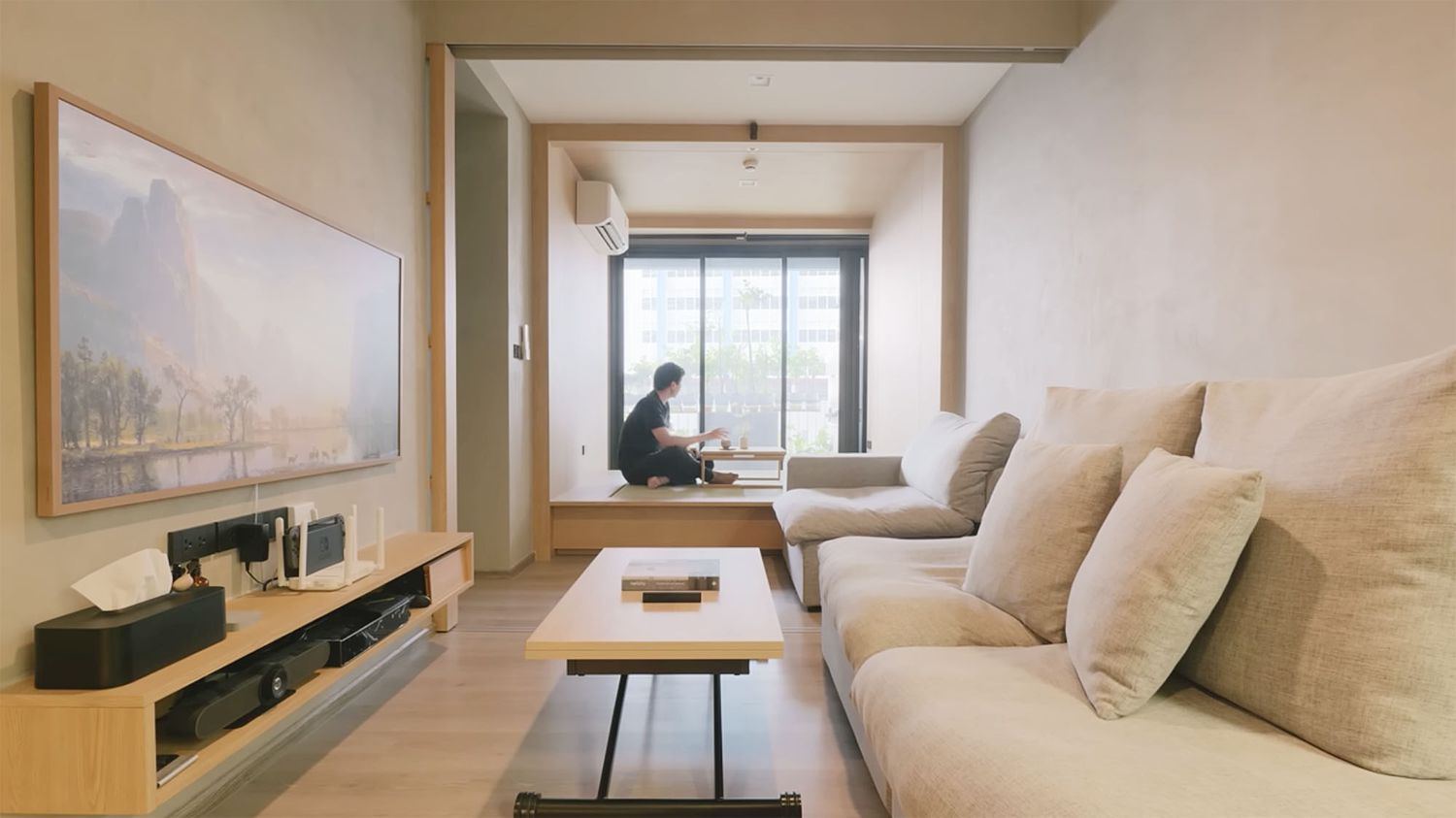[ad_1]
Over the earlier quite a lot of a really very long time, the speedy financial progress and urbanization of cities in creating nations have meant that would-be metropolis dwellers have wished to make do with so much a lot much less and fewer area to stay in. Then as soon as extra, consultants say that cities current higher alternate choices for native local weather adaptation, as they’re extra setting nice in offering resilience-promoting infrastructure and firms due to their density. Nonetheless, with a projected 90 % of metropolis enhance in inhabitants anticipated to happen contained in the cities of creating nations, policymakers and residents must reimagine what it means to stay comfortably and sustainably in these rising metropolis areas.
The megacity of Bangkok, Thailand, is an ideal event of one of the simplest ways it could presumably be carried out. Metropolis officers not too method again gave the go-ahead for metropolis greening duties that won’t solely enhance the quantity of inexperienced area per capita and that individuals’ well-being nevertheless in addition to decrease metropolis’s carbon emissions.
On a smaller scale, native designers like Mae Prachasilcha of La Tarta Piccola are working of their very private technique to promote sustainable, small-space residing. Most not too method again, the inside designer reworked a 355-square-foot (33-square-meter) rental from a cramped, boring space correct proper right into a zen-like, multifunctional haven for her brother and sister-in-law, as we’re able to see on this transient tour from Definitely not Too Small:
The makeover took its cues from customary Japanese inns which can be just like the bed-and-breakfast alternative and are usually constructed with customary architectural components like paper present doorways (shoji) and modular tatami mats. However fairly than utilizing them as mere window dressing, these components are used to maximise the small area effectively, and to additional the thought of tranquil residing, says Prachasilcha:
“The design thought was to optimize the utilization of restricted area by overlapping wise areas. The design was impressed by the calm and peaceable vibes of Japanese ryokans, or scorching spring inns. We’d have favored to make the most of Japanese shoji doorways to provide the realm a softer look, and to furthermore enable for flexibility. In doing so, we had been able to create two multifunctional areas that expands the residing home from 7 to 17 sq. meters (75 to 183 sq. ft).”
Definitely not Too Small
The house is positioned at Lat Phrao Intersection, a vast freeway junction in Bangkok. The doorway to the house opens into an area that has built-in storage on one side. This built-in cupboard floats above the underside, cleverly making a brightly lit area beneath for sneakers.
Definitely not Too Small
On the choice side is a small nonetheless well-illuminated desk for working from residence.
Definitely not Too Small
Merely beside the entry is the kitchen, which could be discovered behind a sliding door. As Prachasilcha explains, there was no funds to renovate the kitchen, so it was left as-is, nonetheless it nonetheless may be very wise by way of use and home for storing.
Definitely not Too Small
As soon as extra out into the principle residing area, we come into the lounge, which is furnished with a comfortable sofa, and a custom-made media heart.
Definitely not Too Small
The espresso desk correct proper right here is designed to boost and open up, creating a cosy consuming desk for a couple of visitors.
Definitely not Too Small
Earlier that, now we have the star of this present—a set of huge sliding shoji doorways. When closed, they disguise the couple’s wardrobe, positioned in a hallway that ends within the toilet, and on the identical time, open up the blended residing and sleeping areas.
Definitely not Too Small
The sleeping area is usually a multifunctional area, laid out to advocate the modularity of tatami modules. It is meant as a versatile area which may presumably be used for sitting, working, discovering out, or ingesting tea. This home furthermore seems to be out of the house’s balcony, which has been populated by some houseplants.
Definitely not Too Small
Beneath the tatami, we uncover built-in storage cubbies for placing away the low desk or the futon.
Definitely not Too Small
When the large present doorways are closed, the futon could be rolled out, and the realm is made cozy for sleeping.
Definitely not Too Small
On the completely totally different finish, we even have the lavatory, clad nearly absolutely in elegant, darkish tiles.
Definitely not Too Small
The overlapping areas—mediated and altered by sliding doorways—are a classy reply to creating mainly primarily essentially the most out of what would have been an rigid, small area. As cities absorb extra of us trying to find to income from all that these metropolis hubs can current, it is vital to go looking methods to allow and promote small-space residing, says Prachasilcha:
“I actually really feel residing in a small area makes life easier, and helps a sustainable life-style. You might purchase and shield solely what you actually need. It furthermore helps to chop again one’s carbon footprint, together with saving on electrical vitality funds.”
To see extra, go to La Tarta Piccola.
[ad_2]
Present hyperlink
